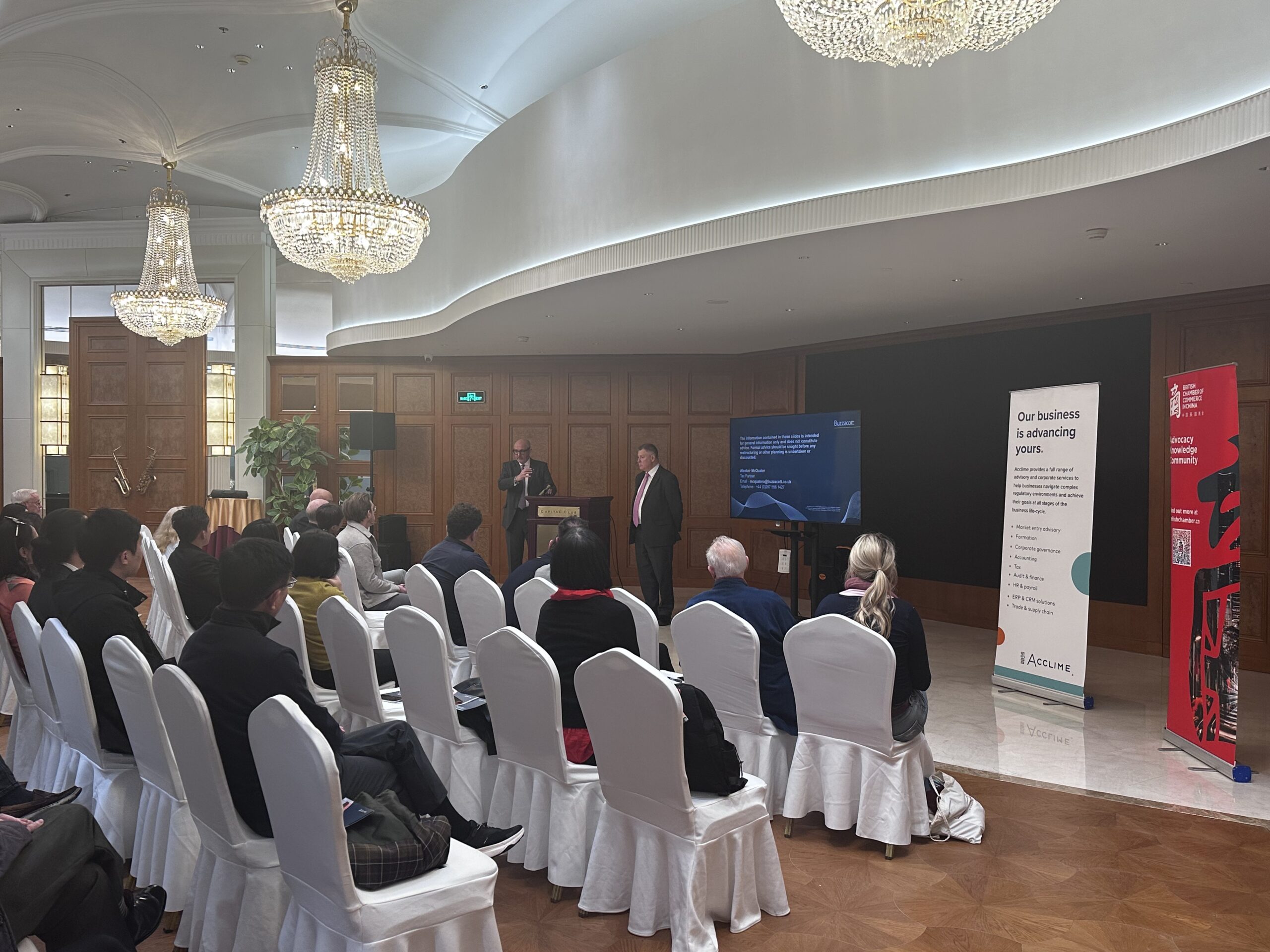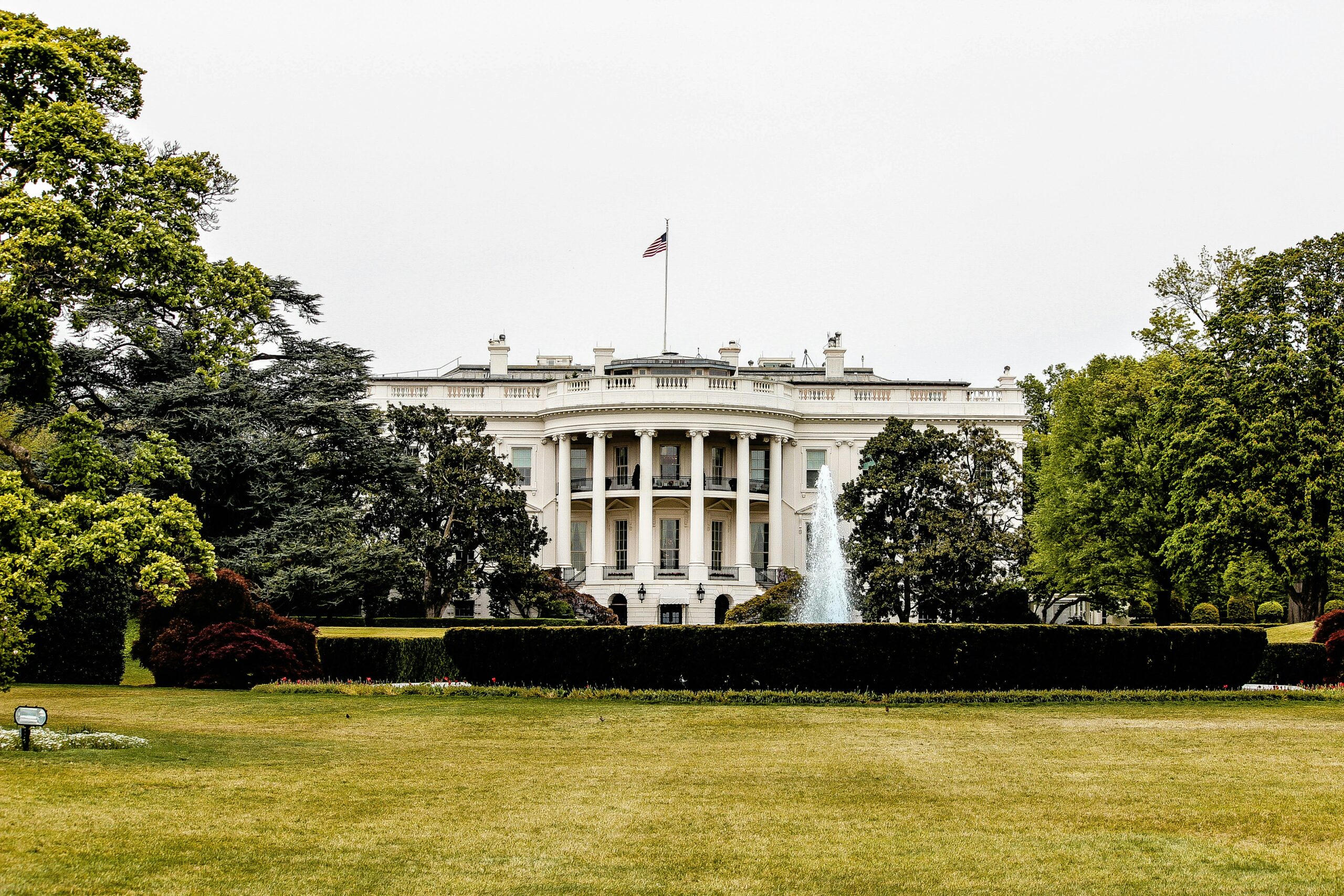With over 30 years of innovation, Reflex Marine is a trusted expert in offshore crew transfer solutions.…

[Wood] Clean coal opportunities on the Belt and Road

The Belt and Road Initiative (“BRI”) has helped to create new investments into largescale energy projects across the region.
Directing investments into cleaner technologies, such as Coal-to-Liquids (“CTL”), will create new opportunities for sustainable growth, by reducing carbon emissions and reducing coal burning across the region.
There has been a recent revival of CTL projects in China, driven by the need to reduce increasing reliance on oil imports to meet the country’s energy needs. CTL is a process of converting coal to fuels such as diesel or gas. CTL technologies generally fall into two categories: direct (“DCL”) and indirect (“ICL”) processes. Direct processes are based on approaches such as carbonization, pyrolysis, and hydrogenation. Indirect liquefaction processes generally involve gasification of coal to a mixture of carbon monoxide and hydrogen, often known as synthetic gas, before using a suitable process to convert the syngas mixture into liquid hydrocarbons.
CTL is an established technology which has
been around since the beginning of the 20th century. Recently, CTL saw revived interest in the early 2000s as a possible mitigation option for reducing oil dependence as rising oil prices and concerns over peak oil made planners rethink existing supply chains for liquid fuels.
In the last ten years, despite the oil price crash in 2014, there has been a strong acceleration in the number of coal conversion projects in Asia, particularly in China. The first operational plant was the
Yitai CTL Plant in Erdos, Inner Mongolia, which was commissioned in 2008. Since then, a further eight CTL plants have been brought online. This includes SNCG’s flagship USD 14.6 billion coal-to-chemicals
complex which has been singled out for praise by Chinese President Xi Jinping.With Wood Plc as project management contractor (“PMC”), the complex has seen four major plants successfully completed in
12 years, including the largest CTL plant in the world.
All the signs indicate that the successful development of CTL projects in China will continue. At the beginning of 2017, China’s energy planners announced the 13th Five-Year Plan, which included specific
targets around “Intensive Coal Processing”. Outlining the five-year goals for CTL, the Ministry of Industry said the aim was to reduce the country’s reliance on imports and diversify its fuel supply. Specific five year goals include achieving an annual coal liquefaction capacity of 13 million tonnes. These new targets have given impetus for the announcement of new plans for dozens of CTL and Gas-to-Liquid (“GTL”) plants across Inner Mongolia and Shanxi and Xinjiang Provinces.
However, despite this acceleration in China, outside of Asia, interest in CTL has waned recently as lower oil prices have reduced commerciality in many regions, and a surge of cheap unconventional production has flooded the US market.
So why is China driving forward with CTL technology? The answer lies in the country’s increasing dependence on oil imports, which is driving government support for CTL. These projects normally become commercially viable when oil prices are high, or supply is limited. According to thelatest BP Statistical Review, last year Chinese oil imports rose by 11%, following an annual growth rate of 9% between 2006 and 2016. Furthermore, China holds 13% of the world’s proven coal reserves, which makes any technology which can use this vast resource to reduce the oil import gap very attractive for the government.
Meanwhile, the economic competitiveness of CTL in China is boosted by a state-set price band designed to protect state-owned refiners from oil price downturns. This effectively means that CTL produced motor oils are cheaper than the most efficient Chinese refineries.
Economic competitiveness has been further supported by a three-year downturn in coal prices. Coal conversion also offers some relief for China’s beleaguered coal industry by offering commercialisation of stranded assets and potentially reducing the production surplus which has existed for many years.
There are some concerns around the environmental impact of CTL, particularly around water use and carbon emissions. The industry sees carbon capture technology as a potential “game changer”for CTL. To this end, there are several pilot projects underway in the United States and China which are testing ways of using produced carbon to generate power or boost oilfield production through reinjection. In the meantime, the focus for China is on reducing net emissions through diversifying coal use away from burning for energy to coal conversion.
Coal-conversion projects are heavily capital expense (“capex”) intensive and technically challenging, with many projects facing difficulties. This makes it important to choose the right partner. Wood has leading-edge capability and experience in CTL, GTL, and carbon capture technologies. Our proven track record in executing large, technically complex projects is demonstrated by our contribution to the delivery of the fastest, most cost-effective coal-to-chemical complex to be built in China.
Chinese leadership in driving forward CTL technology has huge benefits in terms of improving efficiency, reducing emissions, and greening the BRI. As an engineering contractor, Wood stands ready to support China’s ambitions in this area.
This article was written by Martyn Link, Group Head Strategy & Analysis at Wood.



